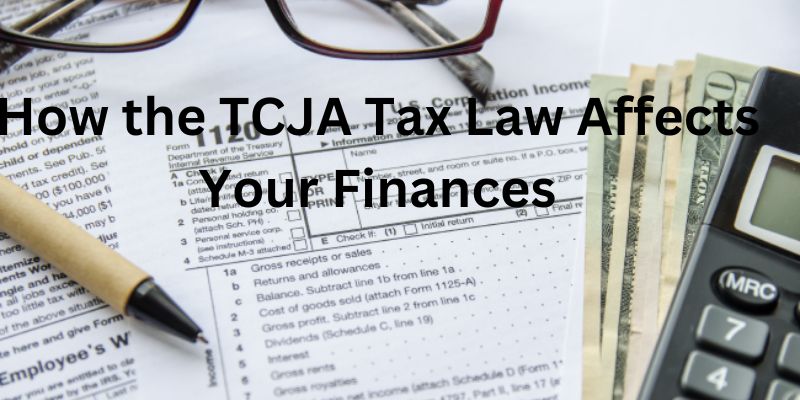
How the TCJA Tax Law Affects Your Personal Finances

ETF Dividend Payments: How it works?
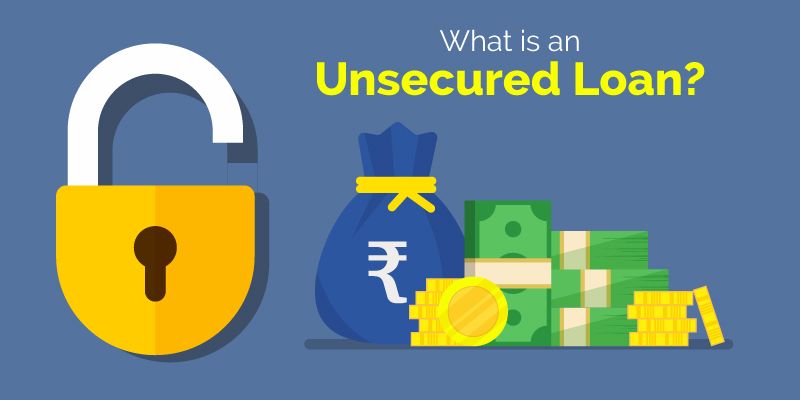
What Is an Unsecured Loan?
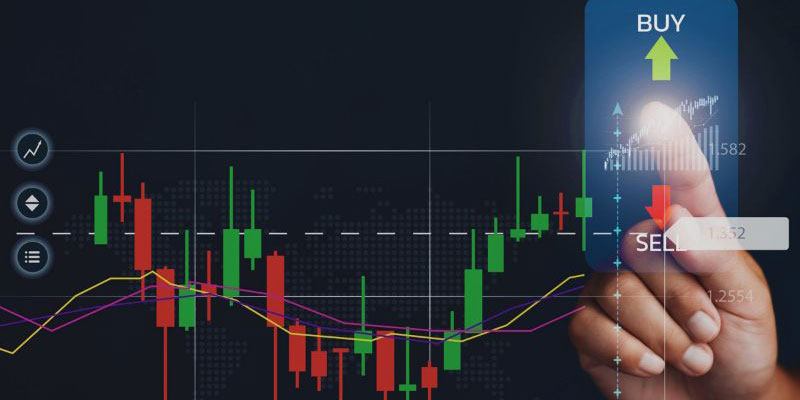
Overview of Pros and Cons of Stock Buybacks
Overview of Pros and Cons of Stock Buybacks
Nov 21, 2024 By Rick Novak
Share buybacks are sometimes referred to as stock buybacks, and it is a common strategy businesses use to give shareholders value back. However, this technique is controversial, with some facts contending that it is a useful tool for businesses. On the other hand, others think vice versa, that it might harm the economy's long-term progression. In order to decide whether stock buybacks are beneficial, we will examine their advantages and disadvantages in this article.
What are Stock Buybacks?
A stock buyback happens when a company repurchases its shares from the market. The stakes are then retired, reducing the total number of outstanding shares. This may have many positive repercussions for the organization and its stockholders. To begin, it has the potential to boost the EPS, known as earnings per share of the remaining shares, which would ultimately result in a higher stock price. Furthermore, it can message shareholders that the firm considers its stock overpriced, enhancing investors' faith in the market. Lastly, it can indicate that the company plans to buy back its stock.
Why Do Companies Opt for Stock Buyback?
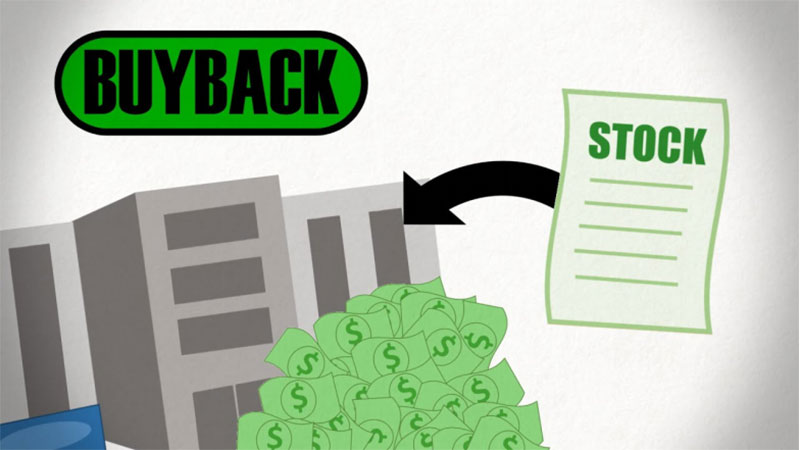
There are many different motivations for why businesses engage in stock buybacks. Whereas following are some of the frequently cited explanations for this phenomenon:
Boosting Stock Price
When a corporation repurchases its own shares, it may tell investors they think its stock is cheap. When the total number of outstanding shares is reduced through the purchase and retirement of shares on the open market, EPS increases, and the stock price follows pace.
Returning Cash to Shareholders
If a corporation has extra cash on its financial statements, it may buy back some of its shares to distribute part of that cash to its shareholders. Compared to dividends, buying back your company stocks can be a more tax-efficient option to deliver capital to shareholders. In particular, this is true when the comparison is made between the two.
Executive Compensation
A corporation may employ a share repurchase to sustain the price of its shares in some situations, which may help executives who receive payments through options for stocks or restricted stock units.
Preventing Hostile Takeovers
Buying back your company’s shares reduces the number of shares available on the open market. This can make it more difficult for an outside party to acquire a controlling interest in the company.
Capital Allocation
Sometimes, a company may believe its shares represent the best investment opportunity available. The corporation is investing in itself by purchasing its shares.
Not all companies engage in stock buybacks, and there is an ongoing debate about whether they effectively use cash reserves. Some critics argue that companies should invest in long-term growth initiatives rather than buy back their shares. Others say that share buybacks can be a way for executives to inflate the value of their stock options rather than creating long-term value for shareholders. Ultimately, the decision to engage in a stock buyback should be weighed against the company's long-term strategic goals and the potential impact on shareholders.
Pros of Stock Buybacks

One of the primary benefits of stock buybacks is that they can increase shareholder value. By reducing the number of outstanding shares, the earnings per share (EPS) of the remaining shares increases, which can lead to a higher stock price. This can be especially beneficial for companies with excess cash but do not want to avoid paying out dividends. Stock buybacks can signal to the market that the company believes its stock is undervalued, leading to increased demand and a higher stock price.
Another benefit of stock buybacks is that they can be tax-efficient to return value to shareholders. Unlike taxable dividends, the capital gains tax on stock buybacks is only triggered when the shares are sold. This can provide a tax advantage for shareholders who hold the stock for the long term.
Additionally, stock buybacks can be an effective way of managing a company's capital structure. The company can increase its earnings per share by reducing the number of outstanding shares, leading to a higher valuation. This can make the company more attractive to investors, potentially leading to a higher stock price.
Cons of Stock Buybacks
While stock buybacks can provide several benefits, they have their drawbacks. One of the primary criticisms of stock buybacks is that they can be a short-term strategy that prioritizes the shareholders' interests over the company's long-term interests. By reducing the number of outstanding shares, the company effectively reduces its equity base, which can limit its ability to raise capital in the future.
Another criticism of stock buybacks is that they can be a way for companies to artificially inflate their earnings per share. This can be done by reducing the number of outstanding shares, which increases the EPS. However, this does not necessarily reflect an increase in the company's profitability. This can create a misleading picture of the company's financial health, which can be detrimental to investors in the long run.
Finally, some argue that stock buybacks can be a way for executives to enrich themselves at the expense of shareholders. This can occur when executives are compensated through stock options or other equity-based compensation plans. Reducing the number of outstanding shares can increase the stock price, leading to a windfall for executives who hold stock options.
Conclusion
In conclusion, the debate over the effectiveness of stock buybacks continues to be a contentious issue in the business world. While proponents argue that buybacks can boost stock prices, return cash to shareholders, and prevent hostile takeovers, critics contend that they can be a means for executives to inflate the value of their stock options rather than creating long-term value for shareholders. Whether share buybacks are reasonable depends on a company's strategic goals, financial position, and prevailing market conditions. It is up to each company to carefully weigh the potential benefits and drawbacks before deciding whether to engage in a buyback program and clearly communicate their rationale and plans to shareholders.

LightStream Personal Loans Review

Timeshares: Unlocking the Vacation Dream or Falling into the Money Pit?
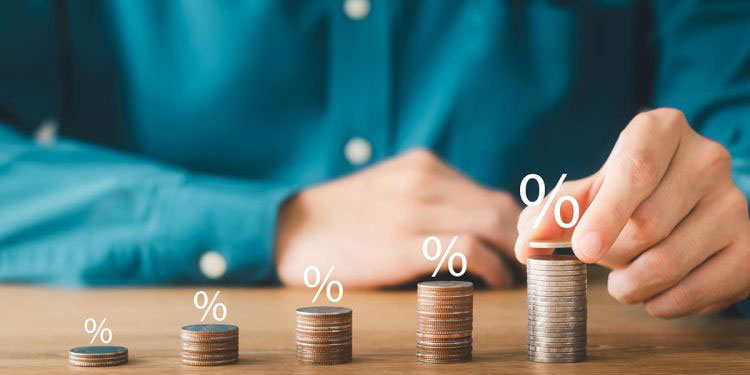
What Exactly Is A Capital Cost Allowance

Dividend Per Share (DPS)

Understanding Beneficiaries in Checking Accounts

What Is an Expert Network?
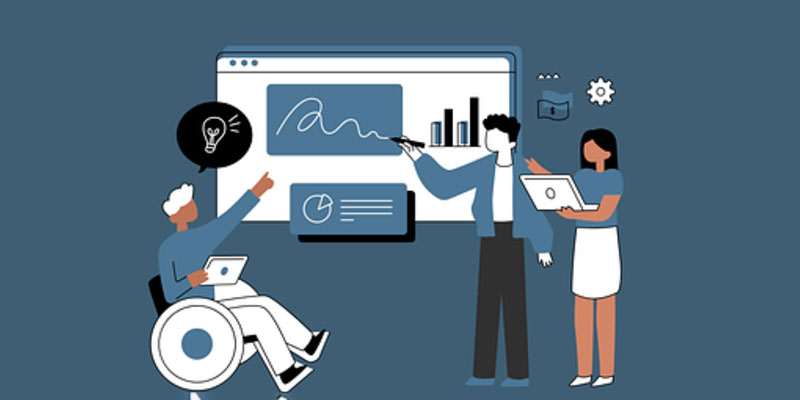
The Top 10 Best Debt Collection Agencies to Use.

